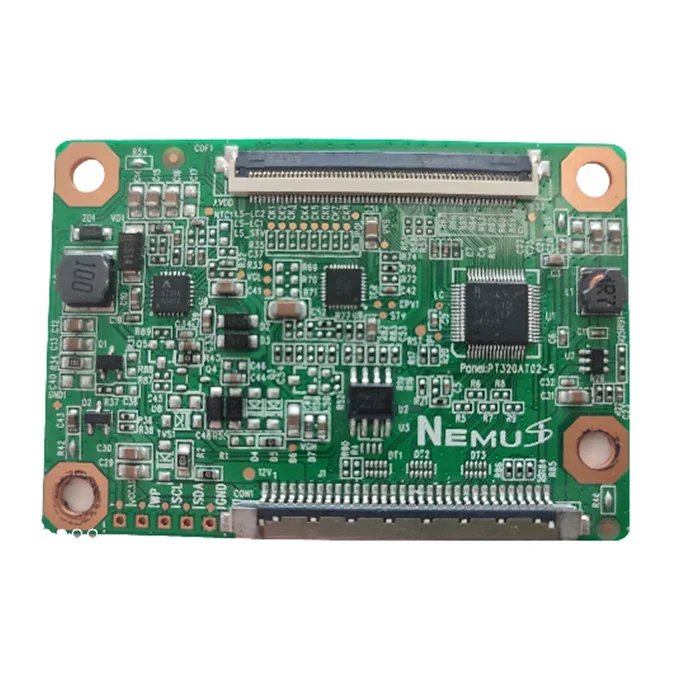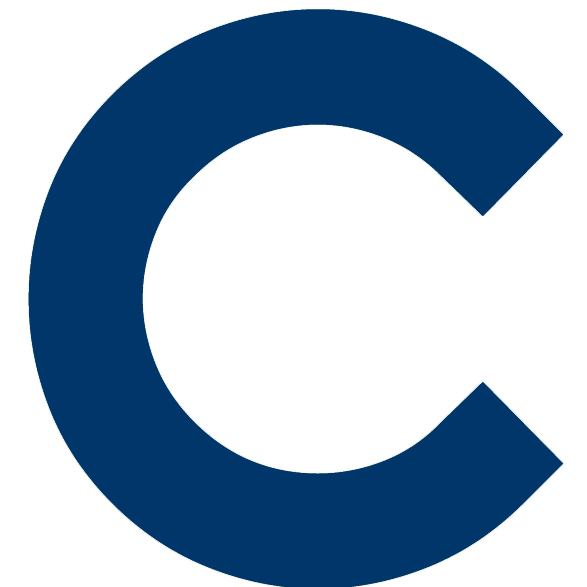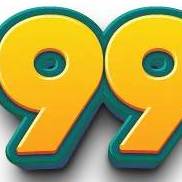In the realm of display technology, High Definition (HD) Time Controller (TCON) boards have emerged as a revolutionary solution, offering numerous benefits over traditional display driver solutions. The TCON board acts as an interface between the display panel and the graphics source, ensuring optimal image quality and performance. In this article, we will conduct a comparative analysis of HD TCON boards and traditional display driver solutions to understand their respective advantages and limitations.
What are HD TCON Boards?
HD TCON boards are electronic components that control the timing and signal conversion for high-resolution display panels. These boards are typically integrated into displays, such as LCDs or OLEDs, and play a crucial role in ensuring the accurate and synchronized display of images and videos. HD TCON boards support various display resolutions, including Full HD (1920x1080), 4K Ultra HD (3840x2160), and even higher resolutions.

Advantages of HD TCON Boards
1.Simplified Design and Reduced Component Count:
HD TCON boards offer a simplified design approach compared to traditional display driver solutions. By integrating multiple functions into a single board, TCON boards reduce the overall component count, leading to smaller form factors and streamlined designs. Additionally, the integration of various functions, such as timing control, signal conversion, and power management, simplifies the manufacturing process and lowers production costs.
2.Enhanced Image Quality and Performance:
HD TCON boards are specifically designed to optimize image quality and performance. These boards ensure precise pixel-level control, resulting in sharper, more vibrant, and lifelike visuals. TCON boards support advanced features such as dynamic contrast enhancement, color management, and motion compensation, delivering an immersive viewing experience. Moreover, HD TCON boards enable faster response times, reducing motion blur and enhancing the overall display performance.
3.Support for Multiple Display Resolutions:
One of the key advantages of HD TCON boards is their ability to support a wide range of display resolutions. Whether it's Full HD, 4K Ultra HD, or higher resolutions, TCON boards can seamlessly handle the required signal processing and timing control. This flexibility makes TCON boards suitable for various applications, including televisions, monitors, digital signage, and other display devices.
4.Scalability and Future-Proofing:
With the rapid advancement of display technology, scalability and future-proofing have become crucial factors. HD TCON boards offer scalability, allowing manufacturers to easily upgrade their display panels to higher resolutions or adopt newer display technologies. This scalability ensures that products remain relevant and competitive in the market, even as display standards evolve.
5.Power Efficiency:
HD TCON boards incorporate power management features that enhance energy efficiency. These boards optimize power consumption by dynamically adjusting backlight brightness, reducing power wastage and extending the battery life in portable devices. The power efficiency of TCON boards contributes to a greener and more sustainable approach to display technology.
Limitations of HD TCON Boards
1.Higher Cost:
Compared to traditional display driver solutions, HD TCON boards can be more expensive due to their advanced features and integration capabilities. The initial investment in TCON boards may be higher; however, the long-term benefits, such as improved image quality and scalability, often justify the cost.
2.Limited Compatibility:
HD TCON boards may have limited compatibility with older or legacy display panels. Compatibility issues can arise when trying to integrate TCON boards into existing systems or when manufacturers rely on older display technologies. However, as display technology progresses, compatibility challenges are gradually being addressed, and TCON board compatibility is becoming more widespread.
3.Complex Integration:
The integration of HD TCON boards can be more complex compared to traditional display driver solutions. Manufacturers need to ensure proper electrical and mechanical integration of the TCON board with the display panel, which may require specialized knowledge and additional engineering resources. However, advancements in design guidelines and support from TCON manufacturers are simplifying the integration process.

Applications of HD TCON Boards
1.Televisions and Monitors:
HD TCON boards are extensively used in televisions and monitors to deliver high-quality visuals and optimal display performance. The integration of TCON boards in these devices ensures excellent image reproduction, accurate color representation, and smooth motion handling.
2.Digital Signage:
Digital signage applications benefit greatly from HD TCON boards. These boards enable vibrant and captivating displays, making digital signage more engaging and effective in conveying messages and advertisements. The scalability of TCON boards also allows for larger and higher-resolution displays, enhancing the impact of digital signage solutions.
3.Automotive Displays:
As automotive displays become more advanced, HD TCON boards play a vital role in delivering exceptional image quality and responsiveness. From infotainment systems to instrument clusters, TCON boards enable sharp and vivid visuals, ensuring a safe and immersive driving experience.

Conclusion
HD TCON boards offer significant advantages over traditional display driver solutions, from simplified design and enhanced image quality to scalability and power efficiency. Despite their higher cost and complexity of integration, TCON boards are gaining prominencein various applications, including televisions, monitors, digital signage, and automotive displays. As display technology continues to evolve, HD TCON boards provide a future-proof solution that meets the demands of high-resolution displays and delivers an exceptional visual experience. Manufacturers and consumers alike can benefit from the advancements and advantages offered by HD TCON boards, driving the continued growth and adoption of this innovative display technology.






